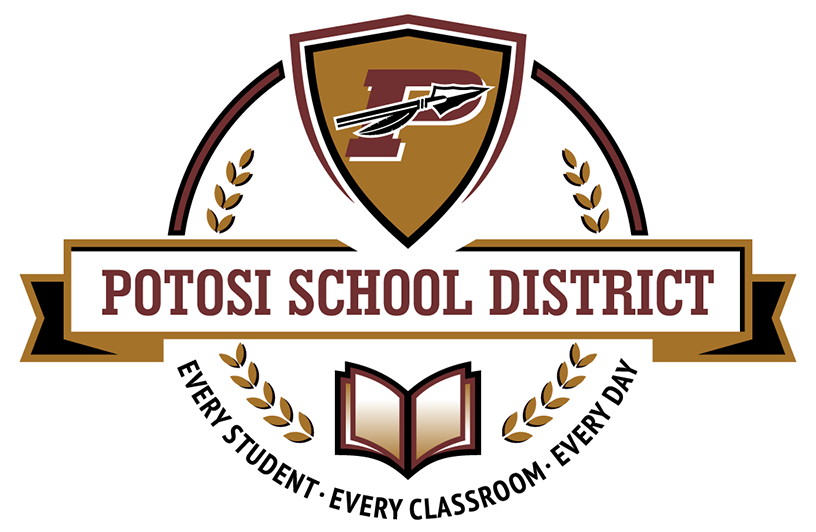In the spring and summer months, Mr. Eastlicks’s prairie is full of many differently colored flowers. Though it isn’t solely made of beautiful flowers, the prairie is full of biodiversity and has its own unique appearance.
After laying out the boundary of the prairie, it needed to be sprayed multiple times with Roundup to kill the grass and other living plants. The prairie was then seeded in January of 2022 when there was a small amount of snow on the ground. “The main goal was to establish a native prairie on school grounds that we could use to learn different things about insects, flowers, and prairie,” said Eastlick. Some Environmental Club members helped mix up and spread the seeds in January, but the native plants wouldn’t start growing until around June, which meant everything growing before then needed to be pulled. The only con of the prairie was “the twenty-plus hours of weeding that I did this summer,” according to Eastlick.
There isn’t very much maintenance needed to grow the prairie. It will have to be weeded again next summer, and then burned after year three (fall of 2024 or spring of 2025). The native plants are adapted to fire and will grow back after the burn, which is why this method is used to get rid of unwanted plants and control the prairie. “The Native Americans lit a lot of stuff on fire,” said Eastlick, “that’s why the soil is so good.” This is also why we have prairies around this area.
Some classes that benefit from the prairie are Life Science, Biology, and the Environmental Club. They get to go out and observe and chart the biodiversity of the prairie and learn about some of the plants that are growing in it. This prairie was basically an experiment, but it turned out well so far. Mr. Eastlick wanted to make sure this one worked before he tries to expand or plant another one. “I don’t know where exactly on the school grounds; in my mind, there is a lot of wasted grass space that nobody uses and we could use that for native prairies,” said Eastlick. "It can be used for classes, whoever wants to do anything with it.” Eastlick said he uses it the most for his Life Science and Biology classes. However, anyone in the school can go out and observe the prairie for fun, or for learning purposes. It will be interesting to see how this prairie grows and develops over the next few years, especially after the first burn.
